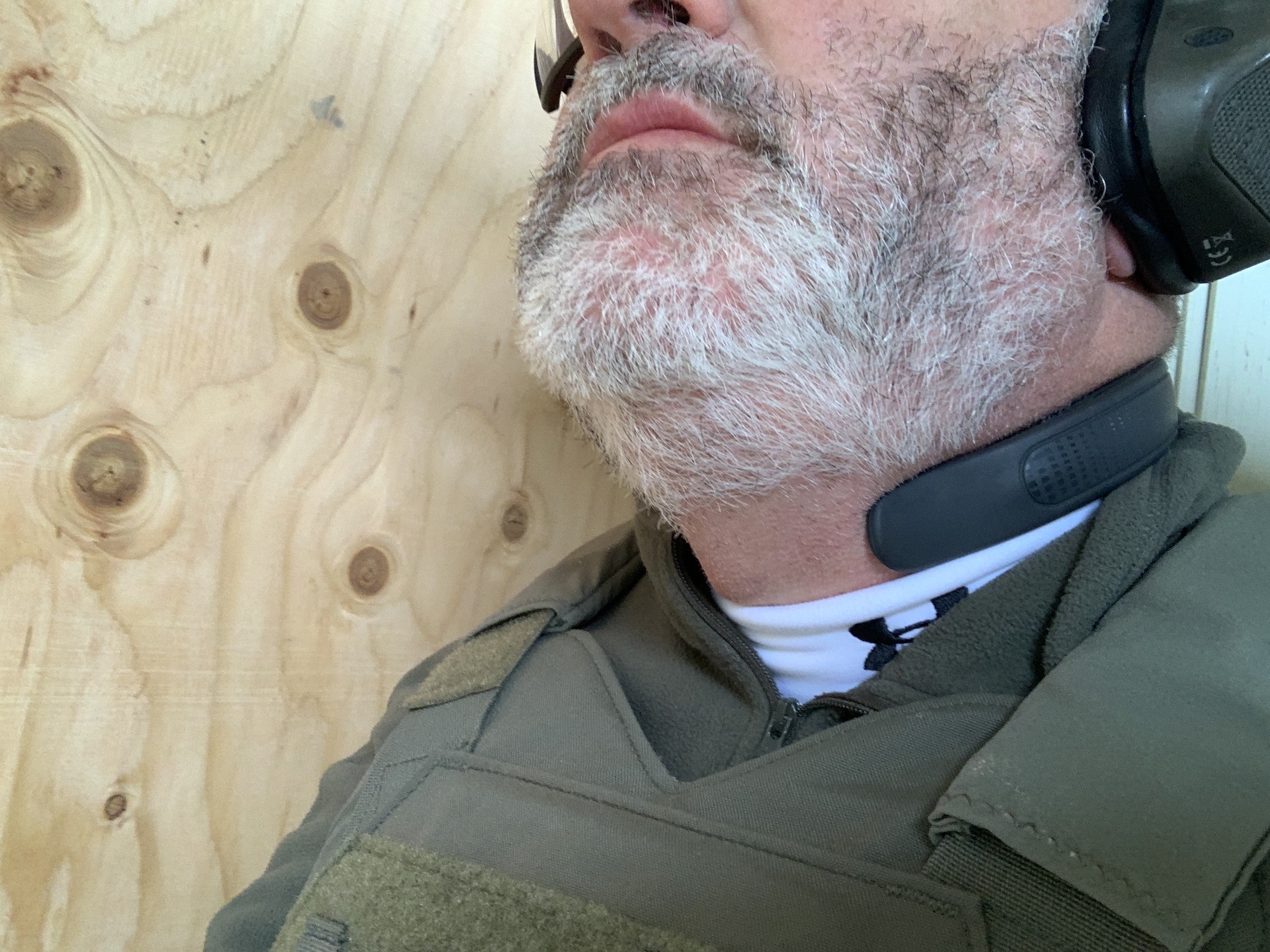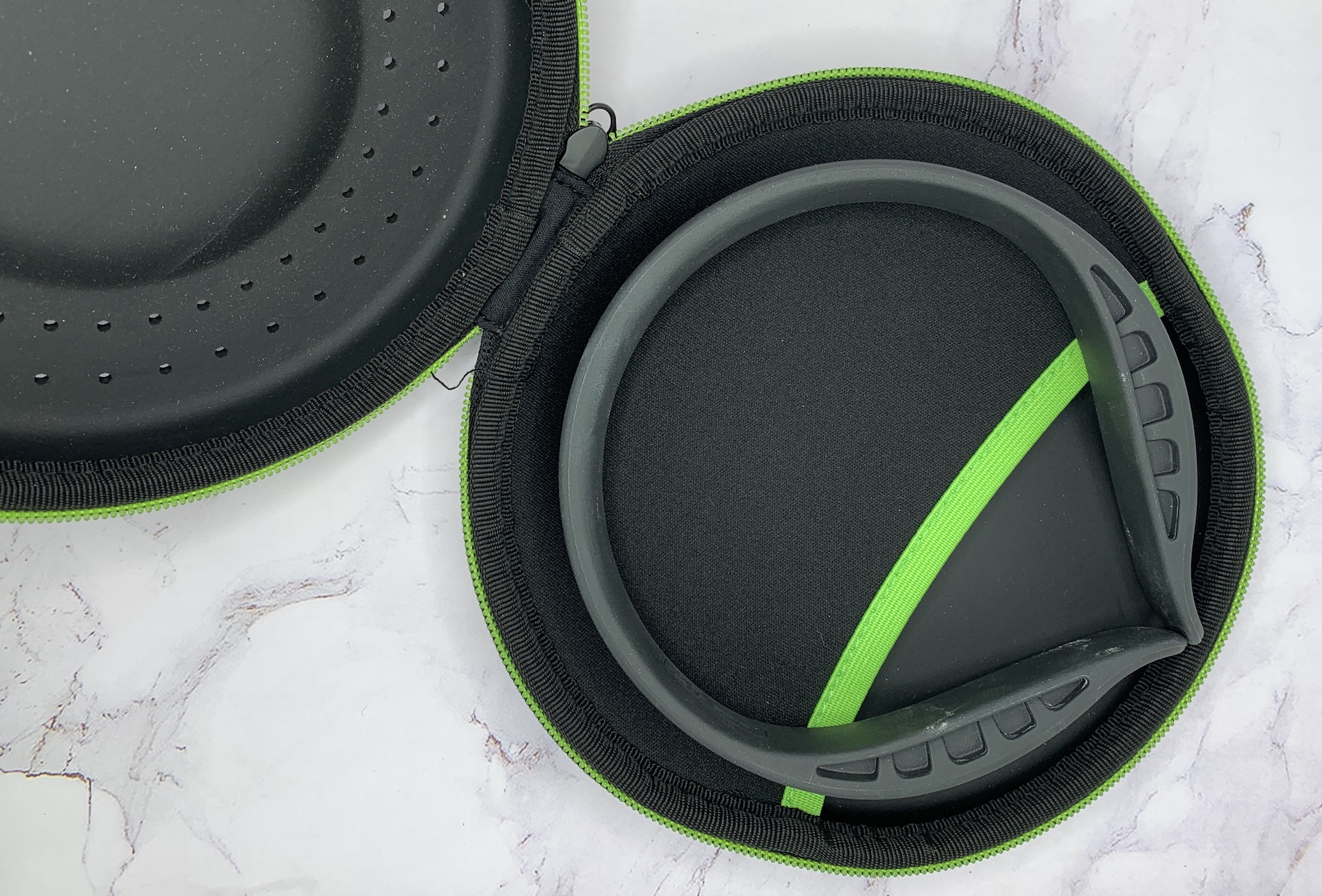
q_4115
Several occupations are exposed to events that could lead to a traumatic brain injury (TBI) and all that goes with it. While we hear about football players who suffer from them, in a form known as CTE – chronic, traumatic encephalopathy – TBI has become one of the signature injuries from the Global War on Terror.
Based on the outcome of a 2010 study, TBI is defined as “as an alteration in brain function, or other evidence of brain pathology, caused by an external force.” In 2000, the American Psychiatric Association identified three types of signs and symptoms that indicate traumatic brain injury – physical, cognitive, and emotional/behavioral.
For service members and law enforcement, those injuries are caused by the effects of blast, impact, and penetrating trauma, regardless of whether we were causing or receiving them.
Fortunately, the combination of body armor and helmets, armored vehicles, and amazing trauma medical support has successfully mitigated the number of fatal injuries.
Even if you have not been hit by an improvised explosive device (IED), you likely have experienced the concussive and impact effects that could lead to a TBI. Some of that includes sustained, long-term exposure to gunfire in a structure – like running a shoot house, sustained exposure to the effects of heavy weapons – such as multi-day M2 Browning heavy machinegun range, and the more common experience of repeated explosive breaching. Some of the worst headaches I experienced in the military came from lengthy range sessions involving our heavy machineguns and someone else’s anti-material rifles.
According to the Centers for Disease Control (CDC), TBI falls into three categories: mild (concussions), moderate, and severe. CDC estimates there are about 190 TBI-related deaths daily.
Anything reputable that could mitigate these adverse effects would be more than welcome. Better yet would be if that mitigation did not come with its own set of issues.
Enter the crew at Q-30, developers of the Q-30 collar. We tried to meet during SHOT 2022, but that was a very quick trip for me. This year though, we were able to meet and discuss the product. A few weeks later, I received a Q-Collar at the beginning of a series of teaching trips to Gunsite.
Bottom line? The Q-Collar mitigates what they term “brain slosh” by pre-compressing the jugular veins. That compression appears to mitigate the adverse effects that lead to TBI.
Q-30’s collar has been involved in over 25 clinical research studies, including pre-clinical laboratory work, human trials, and bench and durability testing. These have been done at seven medical or research institutions, including Harvard University, the University of Texas, and the Naval Medical Research Center at Walter Reed Hospital.
Animal studies looked at impact, blast wave, and hearing issues. Another study specifically investigated jugular vein compression concerns. Other human testing involved hockey, football, and soccer players and SWAT officers repeatedly exposed to explosive breaching training.
In essence, the testing repeatedly indicates the use of the collar creates jugular vein compression. That compression has led to a reduction in injuries, a lack of adverse injuries, indications of positive effects from the collar’s use, reductions in cochlear damage, fewer negative results than those without the collar, and reductions in adverse changes to white brain matter. Follow-on testing for athletes included neuroimaging before and after the seasons as well as the use of accelerometers. Again, those using the collar showed significant reductions in negative data compared to those not wearing the collars.
There are indications that the collar may have benefits around alertness, a good thing given the fatigue issues in two of the targeted user groups.
I was not going to be able to recreate any of the research, and I am no longer around explosive breaching. So, another Gunsite instructor and I wore the collar on different occasions that included square range work as well as when instructing in two of the shoot houses, I mean indoor simulators at Gunsite.

Working on square range drills while wearing the collar. It did not interfere with either hearing protection or the carbine.
Paul, the other instructor, previously served in both the Marines and the Army. He had a multi-decade career in law enforcement with extensive experience in SWAT and firearms. Paul wore the collar through a half-day of handgun work inside a mostly enclosed structure. Nineteen students ran through the house during that session. He did not notice anything negative while wearing the collar. Paul mentioned a brief period of getting used to the compression of his carotid arteries.
I used it during multiple sessions where I was shooting pistols, shotguns, and carbines outdoors and while running shotgun sessions in another shoot house enclosed by the tall earthen walls of a man-made canyon.
My thoughts – I did not feel anything negative or distracting. While I felt the collar’s presence after putting it on, it did not interfere with anything I did. I did not notice concussive effects while in the shoot house, which I have in the past.
Given the adverse effects of a TBI and how long they can last, the Q-Collar is a fix worth looking at – if you are involved in a field where TBI is likely. They have the research that supports their product and its benefit to the end user. The collar sure looks to be a non-invasive and passive fix for a significant problem.
I would have bought and worn it if this was available when I was deployed to Iraq.
The Q-Collar retails for $249; it comes in several sizes (eight for athletes and four for tactical users) that fit female and male users, and three colors. I can’t do the science justice; you really should check these guys out.
Check them out at http://www.q30.com


















